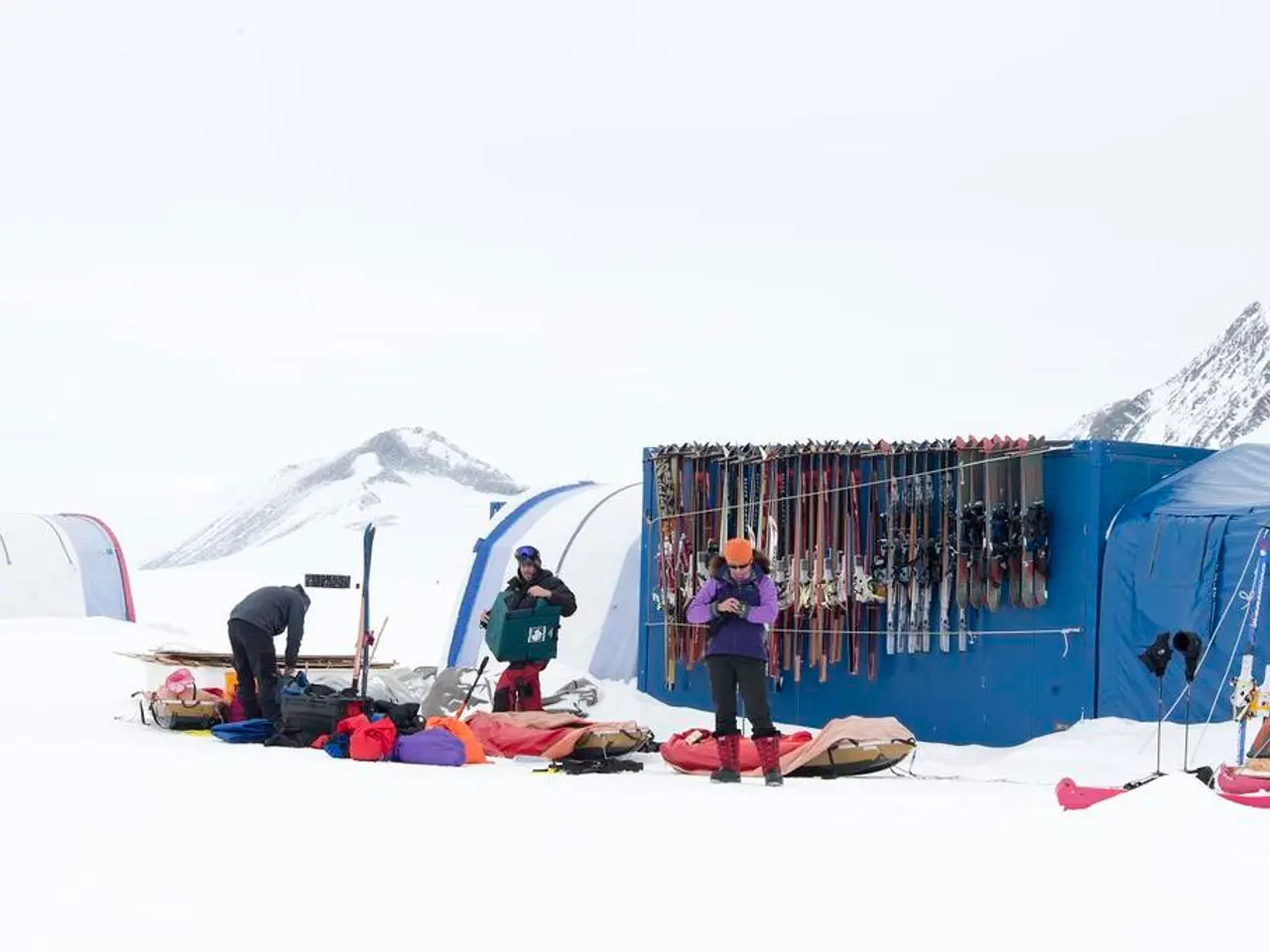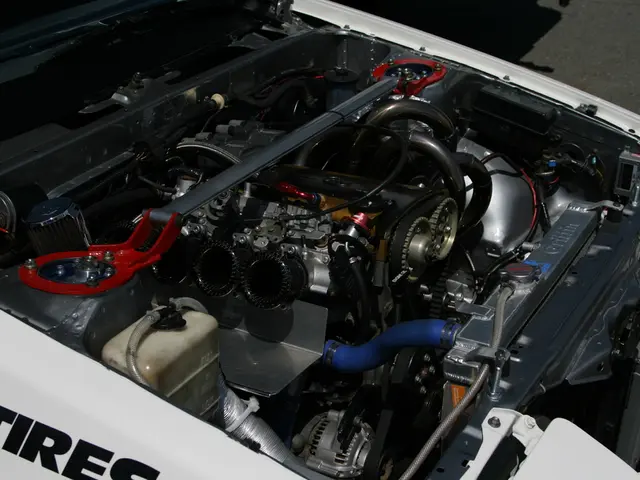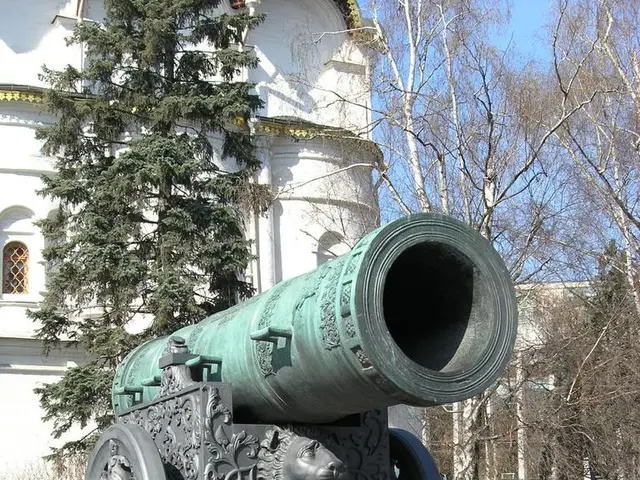US Coast Guard's Polar Star Battles Arctic Winter's Extreme Challenges
The United States Coast Guard cutter Polar Star faced extreme challenges during its Arctic winter patrol. Operating in near-perpetual darkness and harsh ice conditions, the crew's resilience was tested both physically and mentally.
The Arctic winter brought relentless exhaustion to the crew. Sleep deprivation was widespread due to the constant screeching of refrozen ice against the hull. Patience was pushed to its limits as the crew battled snowfall and hurricane-force winds.
Navigating the icy waters was incredibly difficult. Distinguishing ice features in the distance was nearly impossible due to the extreme darkness and low profile of the ice. Even with powerful floodlights and advanced radar systems provided by Kongsberg, visibility was restricted to mere yards. The crew relied heavily on night-vision goggles and radar, but both had limited use in the thick ice.
The Polar Star's icebreaking missions demanded heightened situational awareness from the crew. Above latitude 66 degrees, 33 minutes north, the sun did not rise for weeks, adding to the already daunting task. Watch officers had to make critical decisions in ice-choked waters, escalating the degree of difficulty and stakes.
The Arctic winter presented unique challenges to the Polar Star's crew. Despite the harsh conditions, including near-perpetual darkness and thick ice, the crew demonstrated remarkable resilience. As the United States surges forces in the Arctic region, understanding and addressing these challenges will be crucial for safe and effective operations.






